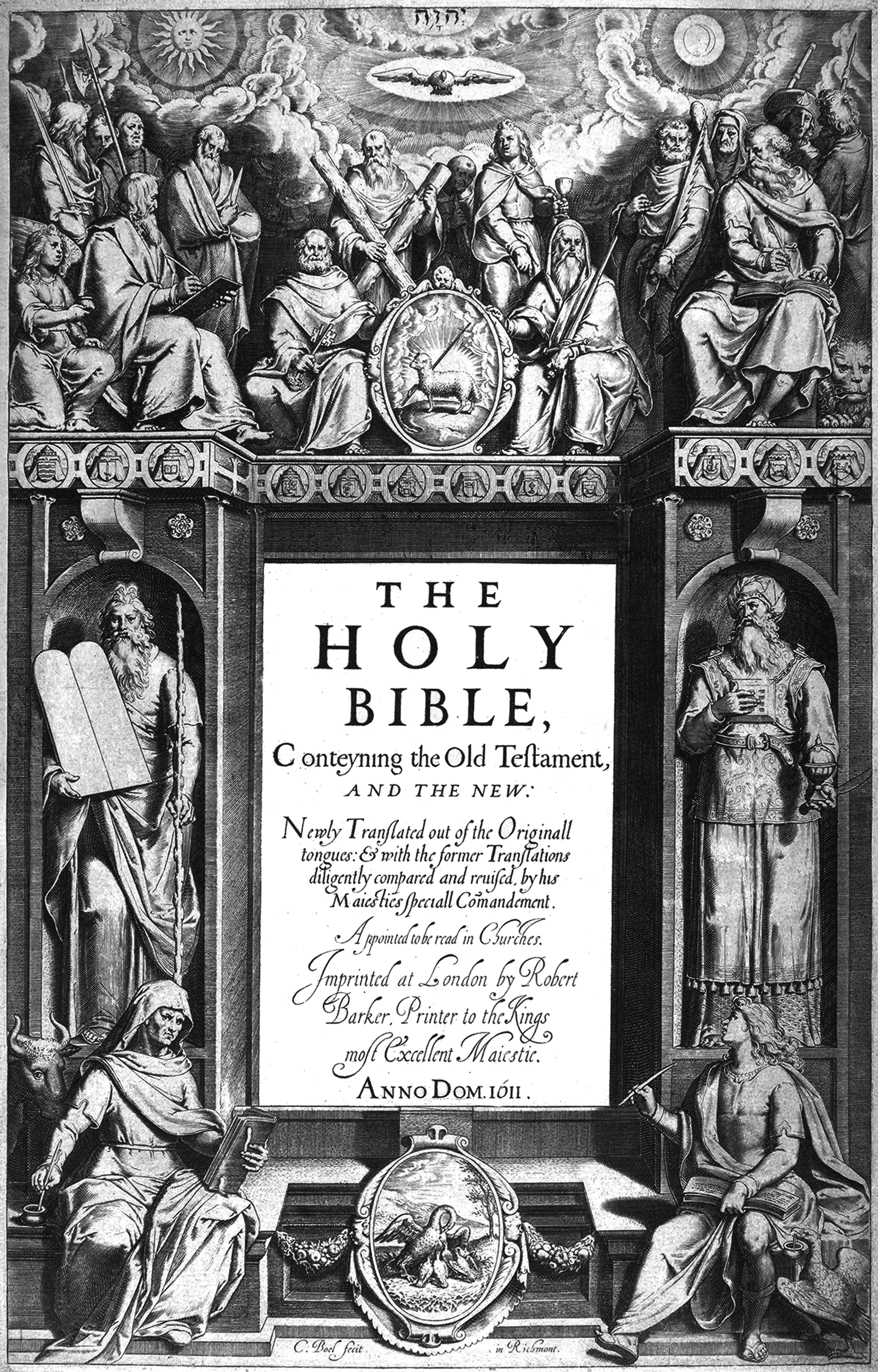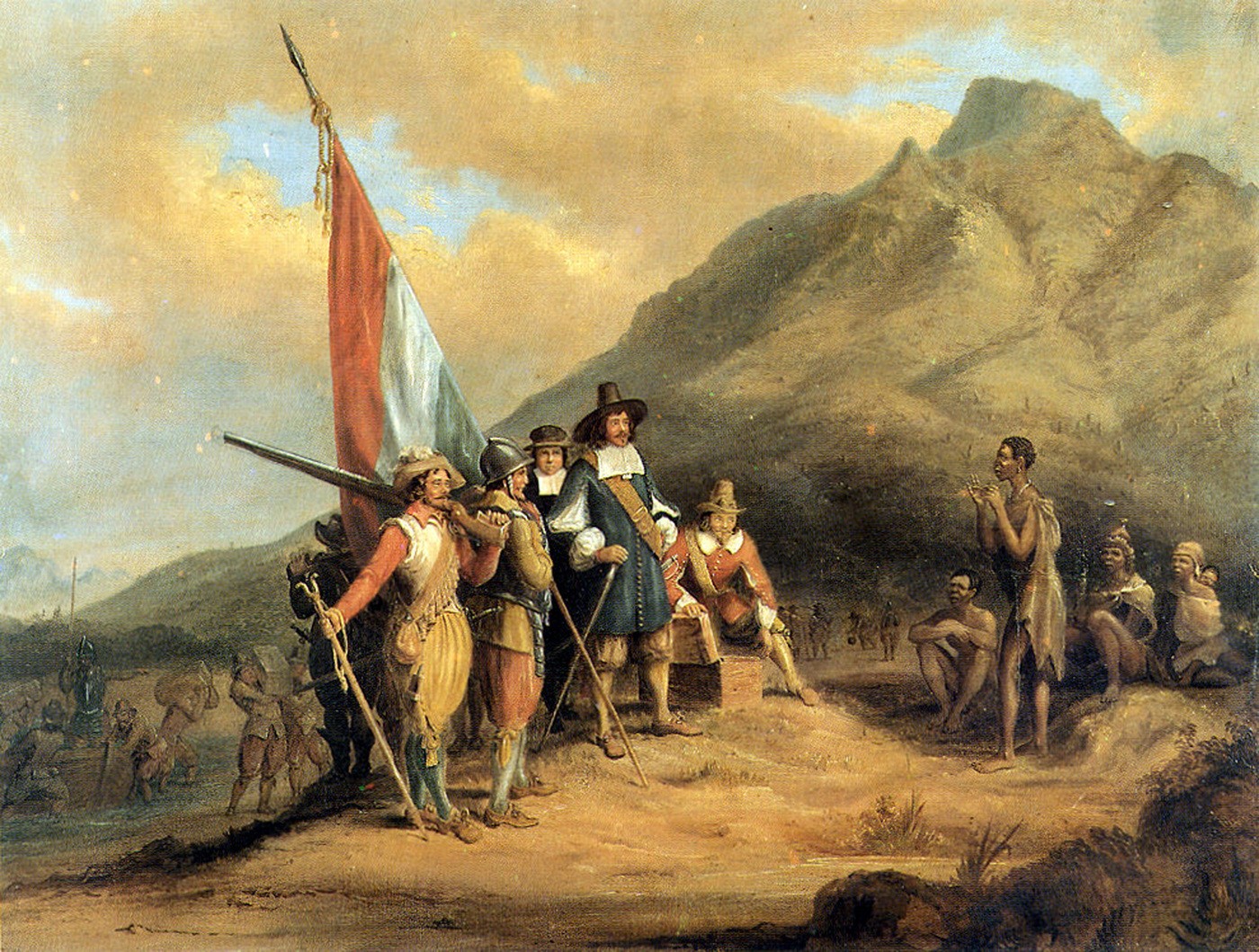|
Hachisuka Tadateru
(April 1611 – May 11, 1652) was a Japanese ''daimyō'' of the Edo period, who ruled the Tokushima Domain. He was the eldest son of Hachisuka Yoshishige. Tadateru's court title was ''Kokushi (officials), Awa no kami''. Family * Father: Hachisuka Yoshishige * Mother: Manhime (1592–1666) * Wife: Reishoin (d.1655) * Concubines: ** unknown maybe Commoner ** daughter of Takada Masaharu * Children: ** Hachisuka Mitsutaka by Reishoin ** Hachisuka Takashige (1634-1707) by Reishoin ** Hachisuka Takanori (1642-1695) by daughter of Takada Masaharu ** Ishimatsu by unknown maybe Commoner ** Kiyohime married Inada Tanehide by unknown maybe Commoner ** Hachisuka Takayoshi (1643-1698) by unknown maybe Commoner References 1611 births 1652 deaths Daimyo Hachisuka clan {{daimyo-stub ... [...More Info...] [...Related Items...] OR: [Wikipedia] [Google] [Baidu] |
Daimyō
were powerful Japanese magnates, feudal lords who, from the 10th century to the early Meiji era, Meiji period in the middle 19th century, ruled most of Japan from their vast hereditary land holdings. They were subordinate to the shogun and nominally to the Emperor of Japan, emperor and the ''kuge'' (an aristocratic class). In the term, means 'large', and stands for , meaning 'private land'. From the ''shugo'' of the Muromachi period through the Sengoku period to the daimyo of the Edo period, the rank had a long and varied history. The backgrounds of daimyo also varied considerably; while some daimyo clans, notably the Mōri clan, Mōri, Shimazu clan, Shimazu and Hosokawa clan, Hosokawa, were cadet branches of the Imperial family or were descended from the ''kuge'', other daimyo were promoted from the ranks of the samurai, notably during the Edo period. Daimyo often hired samurai to guard their land, and paid them in land or food, as relatively few could afford to pay them i ... [...More Info...] [...Related Items...] OR: [Wikipedia] [Google] [Baidu] |
Edo Period
The , also known as the , is the period between 1600 or 1603 and 1868 in the history of Japan, when the country was under the rule of the Tokugawa shogunate and some 300 regional ''daimyo'', or feudal lords. Emerging from the chaos of the Sengoku period, the Edo period was characterized by prolonged peace and stability, urbanization and economic growth, strict social order, Isolationism, isolationist foreign policies, and popular enjoyment of Japanese art, arts and Culture of Japan, culture. In 1600, Tokugawa Ieyasu prevailed at the Battle of Sekigahara and established hegemony over most of Japan, and in 1603 was given the title ''shogun'' by Emperor Go-Yōzei. Ieyasu resigned two years later in favor of his son Tokugawa Hidetada, Hidetada, but maintained power, and defeated the primary rival to his authority, Toyotomi Hideyori, at the Siege of Osaka in 1615 before his death the next year. Peace generally prevailed from this point on, making samurai largely redundant. Tokugawa sh ... [...More Info...] [...Related Items...] OR: [Wikipedia] [Google] [Baidu] |
Tokushima Domain
was a feudal domain under the Tokugawa shogunate of Edo period Japan, controlling all of Awa Province and Awaji Province in what is now Tokushima Prefecture and Awaji Island of modern-day Hyōgo Prefecture. It was centered around Tokushima Castle, and was ruled throughout its history by the ''tozama daimyō'' Hachisuka clan. History Hachisuka Masakatsu was a vassal of Toyotomi Hideyoshi and dominated Tatsuno in Harima Province. He was awarded territories in Awa Province after Hideyoshi's conquest of Shikoku in 1585; however, due to his advanced age, he turned the clan chieftainship over to his son Hachisuka Iemasa. At the time, his territory was only a portion of Awa Province, with a '' kokudaka'' of 175,000 ''koku''. He constructed Tokushima Castle, which would remain the clan's seat for the next 300 years. The clan had always been on bad terms with Ishida Mitsunari and at the time of the Battle of Sekigahara, Mitsunari forced Hachisuka Iemasa to take the tonsure and ... [...More Info...] [...Related Items...] OR: [Wikipedia] [Google] [Baidu] |
Hachisuka Yoshishige
was a Japanese ''daimyō'' of the Edo period, who ruled the Tokushima Domain. His court title was ''Kokushi (officials), Awa no kami''. He married Manhime (1592–1666), daughter of Ogasawara Hidemasa and the great-granddaughter of Tokugawa Ieyasu. Yoshishige fought during the Siege of Osaka at the Battle of Kizugawa. Family * Father: Hachisuka Iemasa * Mother: Jiko-in (1563-1606) * Wife: Manhime (1592–1666) * Children: ** Hachisuka Tadateru by Manhime ** Mihohime (1603-1632) married Ikeda Tadakatsu by Manhime ** Shotokuin (1614-1683) married Mizuno Narisada by Manhime References 1586 births 1620 deaths Daimyo Hachisuka clan {{daimyo-stub ... [...More Info...] [...Related Items...] OR: [Wikipedia] [Google] [Baidu] |
Kokushi (officials)
were provincial officials in Classical Japan. They were Nobility, nobles sent from the central government in Kyoto to oversee a Provinces of Japan, province, a system that was established as part of the Taika Reform in 645, and enacted by the ''Ritsuryō'' system. There were four classes of ''kokushi'', from the highest to the lowest: ''Kami'' (守), ''Suke'' (介), ''Jō'' (掾), and ''Sakan'' (目). In the Middle Ages, an acting governor called ''mokudai'', the ''daikan'' of the ''kokushi'', took over the local government of the province, while the ''kokushi'' returned to the capital to take on a supervising role. History The oldest reference to the term ''kokushi'' appears on the Seventeen-article constitution from 604. As part of the Taika Reform in 645, a new system of provincial government was established, marking the beginning of the ''kokushi''. Before this, the governors were called ''mikotomochi'' (宰 or 使者). This term was replaced with the ''kanji'' characters � ... [...More Info...] [...Related Items...] OR: [Wikipedia] [Google] [Baidu] |
Hachisuka Mitsutaka
(November 17, 1630 – June 29, 1666) was a Japanese ''daimyō'' of the Edo period, who ruled the Tokushima Domain. His court title was ''Kokushi (officials), Awa no kami''. He was a Junior 4th Rank, Chamberlain. Family * Father: Hachisuka Tadateru * Mother: Reishoin (d.1655) * Wife: Kinhime (d.1703) * Concubine: Inai no Kata * Children: ** Hachisuka Tsunamichi by Kinhime ** Yukihime married Niwa Nagatsugu by Inai no Kata References 1630 births 1666 deaths Daimyo Hachisuka clan {{daimyo-stub ... [...More Info...] [...Related Items...] OR: [Wikipedia] [Google] [Baidu] |
1611 Births
Events January–March * January 26 – Maximilien de Béthune, Duke of Sully is forced by Queen regent Marie's Regency Council to resign as chief minister of France. He is replaced by Nicolas de Neufville, seigneur de Villeroy. * February 27 – Sunspots are observed by telescope, by Frisian astronomers Johannes Fabricius and David Fabricius. Johannes publishes the results of these observations, in ''De Maculis in Sole observatis'' in Wittenberg, later this year. Such early discoveries are overlooked, however, and the first sighting is claimed a few months later, by Galileo Galilei and Christoph Scheiner. * March 4 – George Abbot is enthroned as Archbishop of Canterbury in England. * March 9 – Battle of Segaba in Begemder: Yemana Kristos, brother of Emperor of Ethiopia Susenyos I, ends the rebellion of Melka Sedeq. * March 19– 20 – The Moscow Uprising, an armed rising of the inhabitants of Moscow in the Tsardom of Russia against ... [...More Info...] [...Related Items...] OR: [Wikipedia] [Google] [Baidu] |
1652 Deaths
Events January–March * January 8 – Michiel de Ruyter marries the widow Anna van Gelder and plans retirement, but months later becomes a vice-commodore in the First Anglo-Dutch War. * February 4 – At Edinburgh, the parliamentary commissioners of the Commonwealth of England proclaim the Tender of Union to be in force in Scotland, annexing the Scottish nation with the concession that Scotland would have 30 representatives in the parliament of the English Commonwealth. * February 12 – Oliver Cromwell, England's Lord Protector, announces that his Council of Scotland will regulate church affairs as part of the Terms of Incorporation of Scotland into England, and eliminates Presbyterianism as Scotland's state religion. * March 29 (April 8 New Style) – Total solar eclipse of April 8, 1652 ("Black Monday"). April–June * April 6 – Dutch sailor Jan van Riebeeck establishes a resupply camp for the Dutch East India Company at the Cape ... [...More Info...] [...Related Items...] OR: [Wikipedia] [Google] [Baidu] |
Daimyo
were powerful Japanese magnates, feudal lords who, from the 10th century to the early Meiji period in the middle 19th century, ruled most of Japan from their vast hereditary land holdings. They were subordinate to the shogun and nominally to the emperor and the ''kuge'' (an aristocratic class). In the term, means 'large', and stands for , meaning 'private land'. From the '' shugo'' of the Muromachi period through the Sengoku period to the daimyo of the Edo period, the rank had a long and varied history. The backgrounds of daimyo also varied considerably; while some daimyo clans, notably the Mōri, Shimazu and Hosokawa, were cadet branches of the Imperial family or were descended from the ''kuge'', other daimyo were promoted from the ranks of the samurai, notably during the Edo period. Daimyo often hired samurai to guard their land, and paid them in land or food, as relatively few could afford to pay them in money. The daimyo era ended soon after the Meiji Restoration, wi ... [...More Info...] [...Related Items...] OR: [Wikipedia] [Google] [Baidu] |






